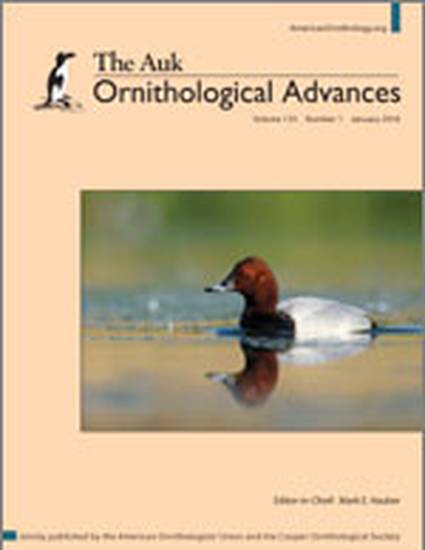
Studies across annual cycles are important for understanding the consequences of carryover effects and predicting species’ responses to environmental change. Partially migratory populations, which consist of resident and migratory individuals, are excellent systems for studying how wintering strategies may affect reproduction. We examined whether wintering strategy (residency or nonresidency) created temporal divides in egg-laying date within a local breeding population of American Kestrels (Falco sparverius) and thus led to assortative mating and genetic divergence between early- and late-breeding birds. For 3 yr, we trapped and marked kestrels in winter and recaptured mated pairs in nest boxes in the subsequent spring. We then genotyped early- and late-breeding kestrels using 6 polymorphic microsatellite loci. Residents nested earlier than nonresidents, but not after the warmest and driest winter of the study. Resident females were more likely to mate with resident males than nonresident males, providing behavioral evidence of assortative mating. However, we found no genetic differentiation or structure between early- and late-breeding kestrel groups. Lack of genetic differences may be the result of condition-dependent changes in wintering strategy, renesting, recent emergence of assortative mating patterns, or sufficient gene flow from pairs with mixed wintering strategies. Nonetheless, our results show that wintering strategy can have carryover effects on nesting phenology and mate choice in partially migratory populations. Given that wintering strategy affects nesting phenology and that nesting phenology has consequences for local fitness, environmental conditions (i.e. warmer winters) may facilitate kestrels remaining in or near temperate breeding areas and may lead to shifts in migratory behavior and nesting phenology.
Available at: http://works.bepress.com/julie_heath/38/
